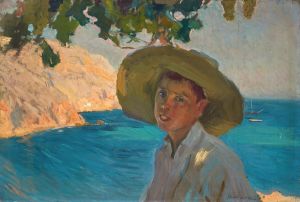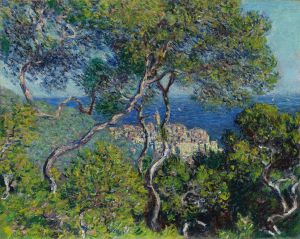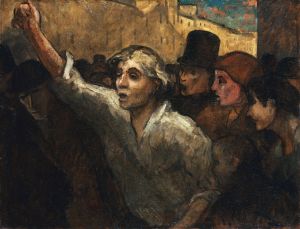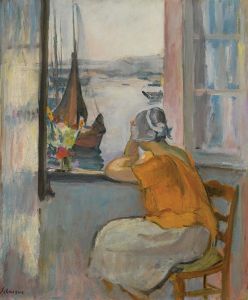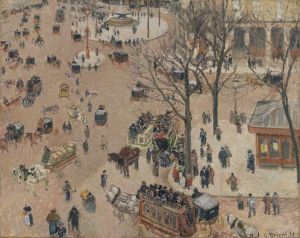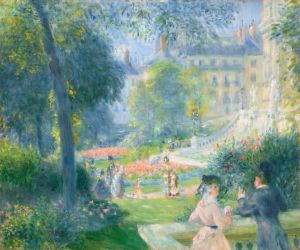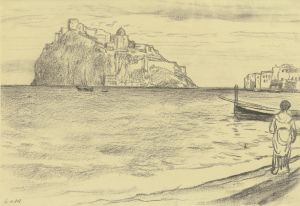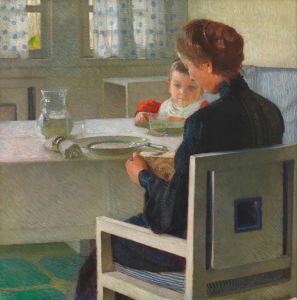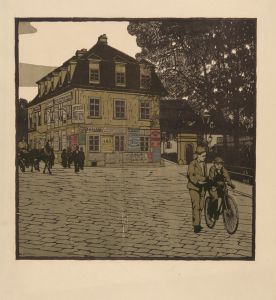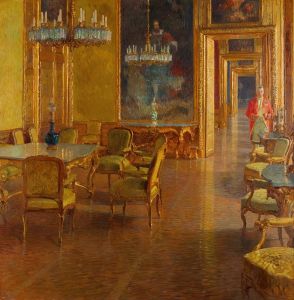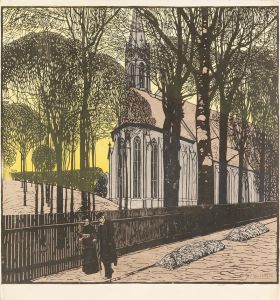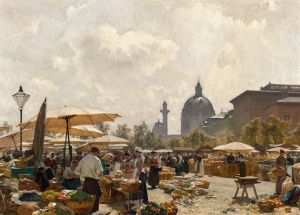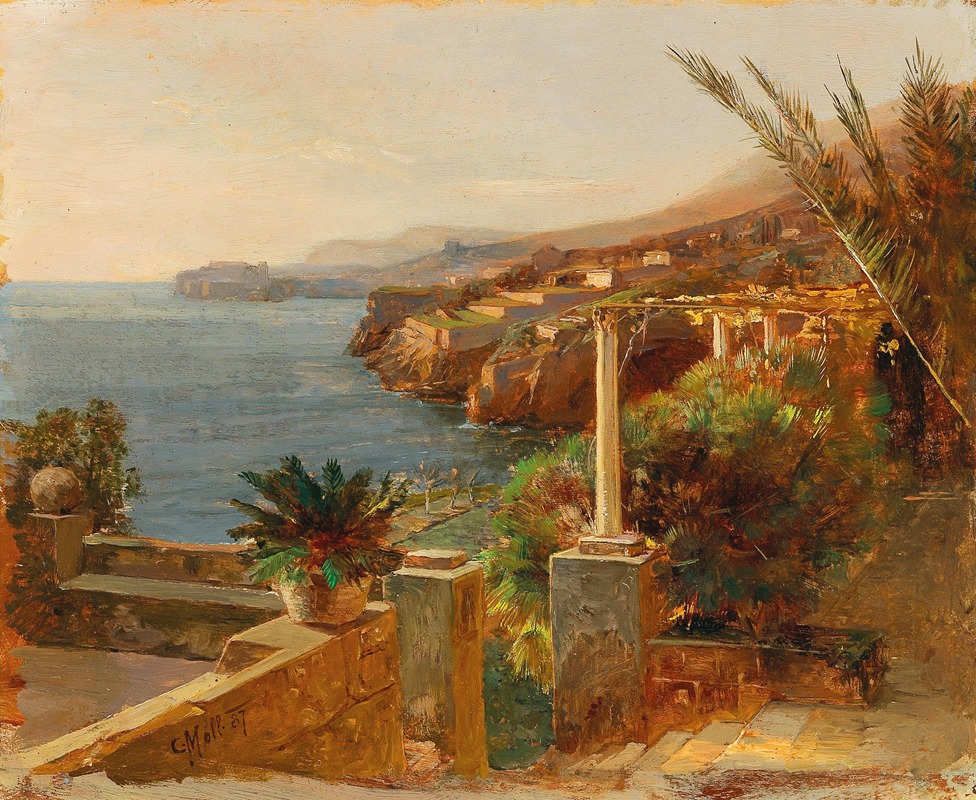
Ragusa
A hand-painted replica of Carl Moll’s masterpiece Ragusa, meticulously crafted by professional artists to capture the true essence of the original. Each piece is created with museum-quality canvas and rare mineral pigments, carefully painted by experienced artists with delicate brushstrokes and rich, layered colors to perfectly recreate the texture of the original artwork. Unlike machine-printed reproductions, this hand-painted version brings the painting to life, infused with the artist’s emotions and skill in every stroke. Whether for personal collection or home decoration, it instantly elevates the artistic atmosphere of any space.
Carl Moll (1861–1945) was an Austrian painter associated with the Vienna Secession movement, known for his landscapes, interiors, and still-life paintings. One of his works, "Ragusa," depicts a scene from the historic city of Ragusa, now known as Dubrovnik, located on the Adriatic coast in present-day Croatia. The painting reflects Moll's characteristic style, which often combined elements of realism with a focus on light, atmosphere, and composition.
"Ragusa" captures the serene beauty of the coastal city, showcasing its distinctive architecture and natural surroundings. Moll's use of light and color emphasizes the Mediterranean ambiance, with warm tones and a harmonious palette that evoke the region's charm. The painting likely reflects Moll's travels, as he was known to visit and draw inspiration from various locations across Europe.
As a prominent member of the Vienna Secession, Moll was influenced by the movement's emphasis on breaking away from traditional academic art and embracing modernist approaches. His works often exhibit a meticulous attention to detail and a sensitivity to the interplay of light and shadow, both of which are evident in "Ragusa."
While specific details about the creation and exhibition history of "Ragusa" are not widely documented, the painting is representative of Moll's broader oeuvre, which frequently explored themes of nature, architecture, and the interplay between human-made and natural environments. Today, Carl Moll's works are appreciated for their contribution to early 20th-century Austrian art and their role in the broader context of European modernism.
Further research into museum collections or exhibition catalogs may provide additional information about "Ragusa" and its place within Moll's artistic legacy.





